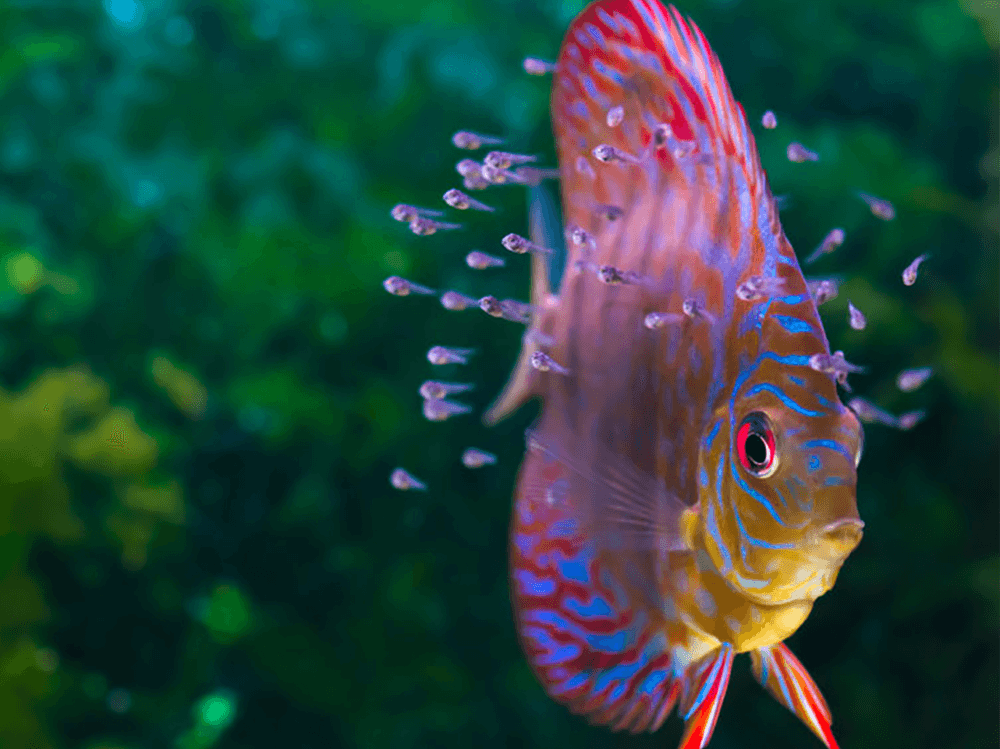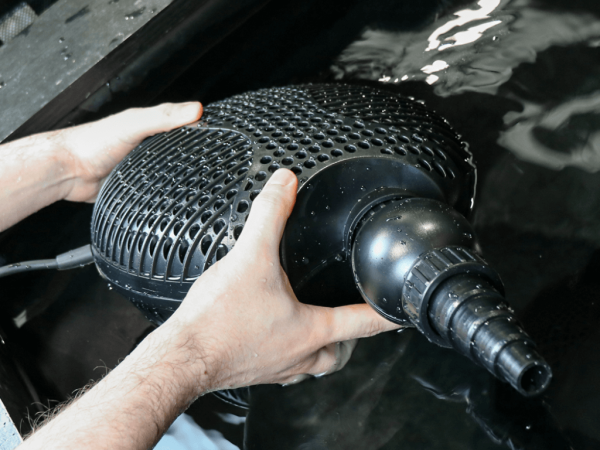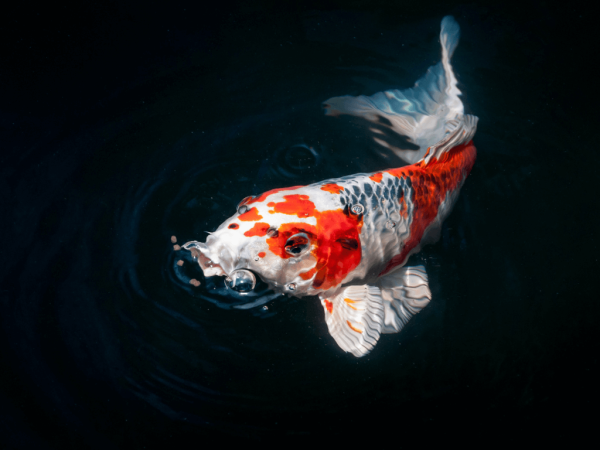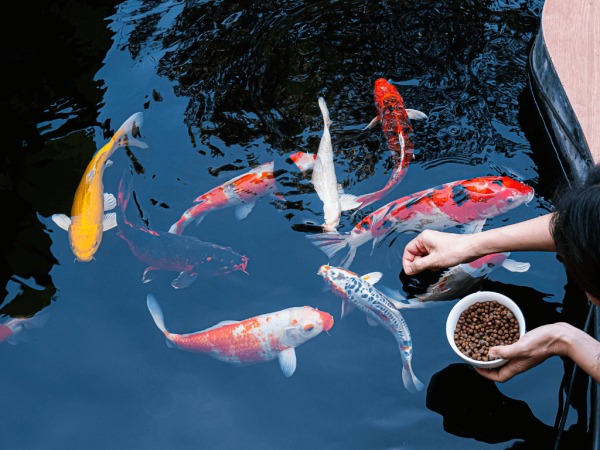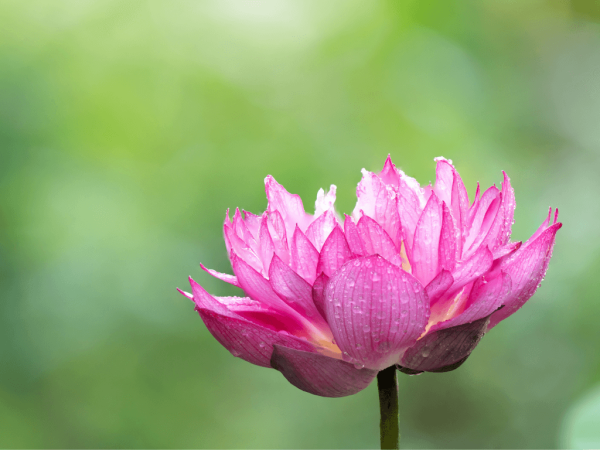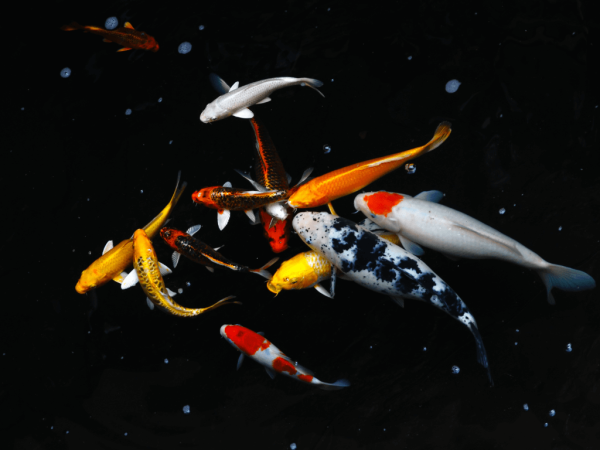How to breed tropical fish
Breeding fish can be one of the most rewarding sides of the hobby. Some fish like Guppies breed readily whereas others may spawn and you won’t even know. There are still some tropical fish that have never been successfully bred in captivity, but there are a few general rules that apply when trying to breed all tropical fish species.
Water conditions
Fish only have to do four things in the wild: avoid predators, find food, find a mate, and breed. If you provide a predator-free aquarium with members of the opposite sex and abundant, nutritious food, then breeding should come naturally.
But there is one more factor that wild fish don’t have to worry about - suitable water conditions. Fish are evolved to suit specific water conditions be they hard or soft, acidic or alkaline. Water with the right pH may be conducive to spawning and even to egg development. So start off by researching the water requirements of your fish and matching conditions in your aquarium to those in the wild.
Temperature
Temperature plays an important role in stimulating many fish to breed. A slight drop in temperature may simulate the coming of the rains for some South American, African and South-East Asian species. In times of drought, fish are crowded, stressed and heavily predated.
When the rains come the forests and wetlands flood, bringing fresh water, an abundance of food and space to spread out and breed. So research your fish’s temperature range and conduct a series of water changes over a few days, gradually bringing the water temperature down to the fish’s lower range. It might just simulate the rainy season and breeding.
Some fishkeepers have even been known to use a watering can to reintroduce the water, using the rose to sprinkle the water back in and imitate the sound and feel of rain!
Food
Egg production is a massive protein drain so ensure your fish are well fed on a variety of foods. Even growing and reaching sexual maturity can be a drain, as males of some species may need to grow larger to protect a brood, or develop elaborate finnage and colours in order to attract a mate. If you feed dry foods predominantly try a few days of feeding bloodworm and see what happens. Mosquito larvae also help trick the fish’s metabolisms into thinking good times have arrived, food is in abundance, and it's time to breed.
Health
Fish won’t breed if they are diseased, so go through quarantine procedures with any newly purchased fish, medicate if necessary and ensure the fish are in tip-top condition. Well-fed fish are also more disease resistant. See above.
Males and females
It’s an obvious one, but make sure you have males and females of the fish you are trying to breed. Sexually dimorphic fish like Swordtails are easy, but how do you sex a cardinal tetra or an Angelfish? In nearly all cases look for a rounding of the belly from eggs developing inside. Substrate spawning females may develop a visible ovipositor - the tip of an egg tube at their vent. Small fish may have transparent flanks where eggs become visible, and viewing fish from above may help to show a plump female, versus a male.
Fish size isn’t always an indicator. For cardinals, females grow larger to hold eggs. With most cichlids, it’s the males which are the largest, to protect fry and fight off rival males. With Killifish and dwarf gourami males are much more colourful as well as being larger, and with Pearl and Opaline gourami, the longer dorsal fins of mature males are the giveaway.
The right set-up
Eggs and fry are tiny, so they must be protected from being sucked into power inlets, and being eaten by other fish. Virtually any fish will eat eggs and fry, even members of their own species and often, in the case of livebearers and egg scatterers, the parents will even predate their own young. A dedicated breeding tank should have an air-powered sponge filter for filtration and no other fish. Again in the case of egg scatters like tetras and barbs, and livebearers like platies and mollies, the parents should be removed after spawning too.
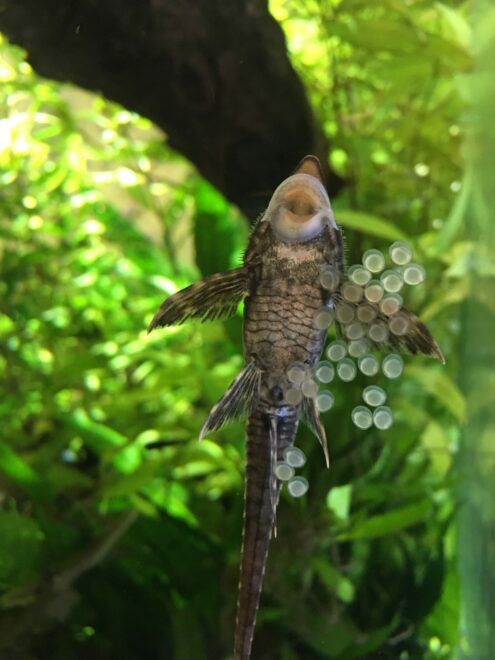
Spawning methods
Tropical fish divide into several spawning methods, and breeding tanks should be set up and decorated accordingly. Egg scatterers require a bare tank with either spawning mops, a bed of marbles or a net across the base for the eggs to fall through.
Egg depositors like some cichlids need a surface to spawn on, be it a piece of slate, a flowerpot or a spawning cone. And bubble nesters like Siamese fighting fish need still, shallow water and an anchor to build their floating bubble nests around.
Fry foods
Sometimes getting fish to spawn is the easy part. It’s raising the tiny fry up to adulthood that’s the hard part. Tiny fry have tiny mouths and need tiny food, little and often. Crumbled fish flake may just about cut it with large livebearer fry like mollies, but for the fry of egg scatterers and bubble nesters, you will need specialised fry food at the very least, leading on to newly hatched Artemia.
You can even make your own live food cultures like Whiteworm, Grindalworm, and Vinegar eels. Feed often, remove uneaten food and change water frequently. If you lose successive batches of fry the food may be too large, you may not be feeding enough for all of them in one sitting, or you may not be feeding frequently enough.




